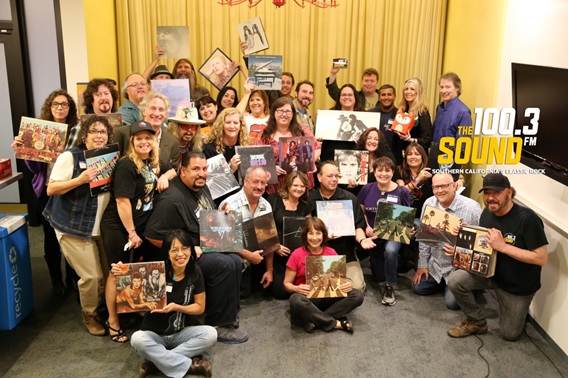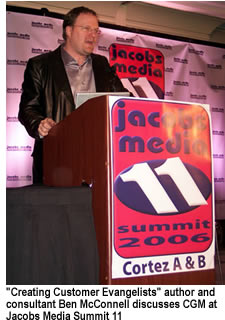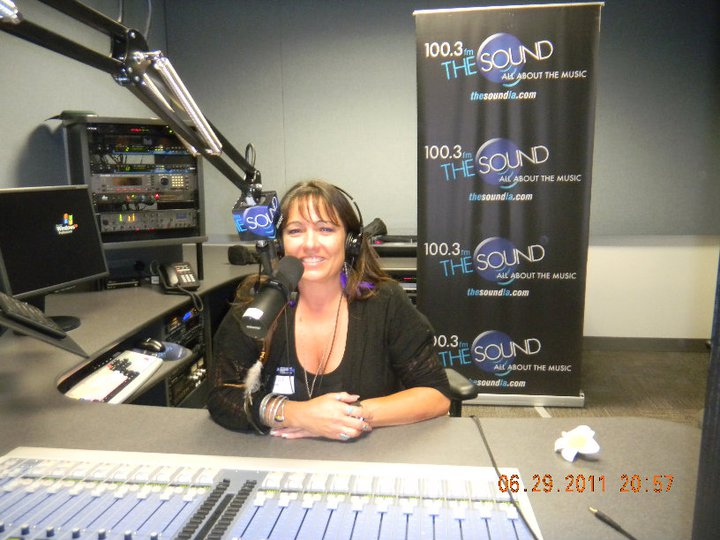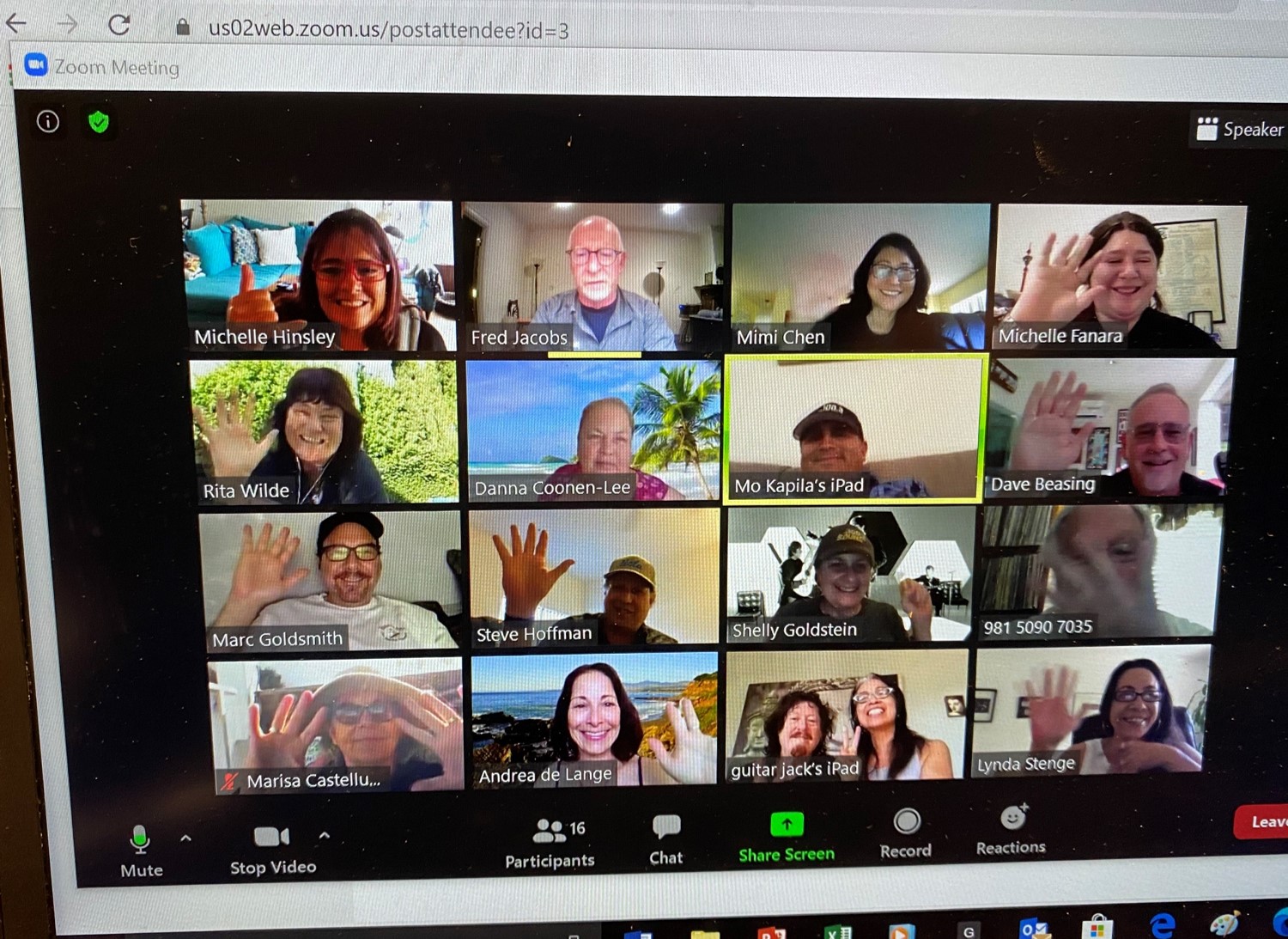
It’s been a tough week, especially here in America, as COVID-19 has rudely reminded us it is far from over. In fact, a majority of states report higher infection numbers, more than 128,000 Americans have lost their lives, and more and more stores, beaches, and other establishments are closing or will be soon.
Many had hoped this July 4th weekend might be the start of something different. Sadly, it’s been a cold rebuke, and a clear indication that most of this country may have opened too soon.
So, the goal of this week’s themed blog posts becomes even more relevant. Our hopes of a business turnaround will depend, in large part, on the way our radio stations and our business handle adversity – this bad hand we’ve been dealt.
With dwindling resources, smaller staffs, and fewer options, I hope this week’s posts about special programming, research, and email database marketing have struck a chord with you and your team. All of these pathways are not only doable – you can aggressively pursue them for little or no financial investment.
But today’s concept – and the last in the series – is a bit different. It’s a tougher putt – the most challenging of all. It requires time, focus, commitment, and a vision for the long haul.
In short, it’s how a good-to-great radio brand can identify, create, and nurture a team of “evangelists” – people who are connected and will passionately promote your station, even when there’s heavy lifting to be done.
This is a concept that’s been on my radar screen for many years, going back to Jacobs Summit from 2002, featuring the guy who literally wrote the  book – Ben McConnell (left). “Creating Customer Evangelists: How Loyal Customers Become a Volunteer Salesforce” was a manifesto and how these programs worked.
book – Ben McConnell (left). “Creating Customer Evangelists: How Loyal Customers Become a Volunteer Salesforce” was a manifesto and how these programs worked.
Ben explained the essence of brand advocate programs, citing an array of companies that included Southwest Airlines, Krispy Kreme Donuts, Build-A-Bear, and the Dallas Mavericks that had launched one of these fan-filled initiatives. We invited Ben back to the Jacobs Summit in 2006 with an update on how evangelist-based programs were progressing.
Along the way, we learned these initiatives can do a lot of things for a brand, among them:
- Generating buzz – Evangelists support the station on social media, spreading the word to their followers
- Providing feedback – Brand advocates are excellent sounding boards for new programming concepts, merch, promotions, new music
- Creating communities – They form groups around your brand that can support engagement
But here’s an important caveat. A listener “super fan” initiative is not for the meek, the faint of heart, or those who aren’t in it for the long haul. These groups aren’t expensive to run monetarily, but they require care, creativity, empathy, and much patience – qualities that consume time, energy, and brain cells. And after all is said and done, there’s no guarantee they’ll work.
After bringing Ben into two Jacobs Summits and having a number of conversations with him, I carried this idea around for several years, waiting for the right station, the right people, and the right moment.
We launched what was known back then as a “brand advocates” program at The Sound/KSWD in Los Angeles in 2011, after conducting an expansive web research study among the station’s email database numbering in the tens of thousands. (These days, they’re more familiarly known as “infuencers” who are typically paid to support a brand, product, or service.)
 We developed what turned out to be an intricate funneling process, designed to identify a small, passionate, and socially savvy group (we called them “The Sound Special Forces” at the outset). From the git-go, these were people who all loved the station, understood its mission, and were willing to promote it to their “social networks.
We developed what turned out to be an intricate funneling process, designed to identify a small, passionate, and socially savvy group (we called them “The Sound Special Forces” at the outset). From the git-go, these were people who all loved the station, understood its mission, and were willing to promote it to their “social networks.
And in exchange, they were given a direct phone line and email address to contact PD Dave Beasing, as well as receiving perks, tickets, merch, chances to hang with the airstaff, and other behind-the-scenes opportunities.
What started as a broad-based group of database members was filtered down to under 40 people, and a portion of them were invited to a “meet-up” at the station. We walked them through the process of how we identified them, and laid out The Sound’s brand advocate concept.
They were “in.”
During the first bathroom break, they created their own Facebook group (the first moment where we realized we had to give up control), and they immediately intuited they had a lot in common – their music tastes, their love for the station, their passion for the Southern California rock n’ roll lifestyle, and ultimately, for each other.

They took selfies at the station with the airstaff, in front of the gold and platinum albums, in the air studio, and probably in the kitchen, the lobby, and the restrooms.
And they changed their name to the “Sound Backstage” – and became the Backstagers.
I ended up meeting with them a few times during visits to Los Angeles, and I was welcomed into their group, along with Dave and the entire Sound airstaff. It was always fascinating to spend time and hang out with them.
We talked about everything from special weekend and feature ideas to new T-shirt designs. And without fail, they amplified the station’s programming and promotional objectives. It was fascinating to hear how they perceived programming changes in the market, and on KSWD.
Like most radio stations, the Sound went through its phases – in the opening years, it featured a music-intensive morning show. Later, we did a full 180, and brought in Mark Thompson, formerly of the “Mark & Brian Show,” to head up a full-on personality show.
The Sound was originally Triple A, but evolved into a Classic Rock station. And later, it became the play-by-play flagship station for the returning Los Angeles Rams of the NFL. The Backstagers weren’t thrilled with every move that was made, to say the least. Some of our calls required explanation and even a little adjustment time. But overall, they understood that radio is a business, and that not every decision was going to be a popular one.
Last week, I got tagged on Facebook with a notice the Backstagers were going to participate in a Zoom meeting to see how everyone was doing since the onset of the pandemic, talk some radio and music, and hang out. I joined in, and was happy to see many of the original members were still enthusiastically engaged 9 years later. And several Sound personalities – Rita Wilde, Mimi Chen, Steve Hoffman, and of course, Dave Beasing, joined in. Like old friends or classmates getting together for a reunion, the patter pretty much picked up wherever it left off.

The station’s owner back then, Bonneville, let us put something together that turned out to be very unique (or they were never officially told it was happening). And here we were, all these years later, and it turns out this wasn’t just a bunch of brand advocates or “influencers” – they were a tribe.
And think about this:
The Sound has been off the air for coming up on three years but the Backstagers are still together.
(The station was swapped to Entercom in 2014, who later sold it to EMF and was quickly incorporated into their K-LOVE Christian music national network).
And yet today, the Backstagers are still a…thing.
It has something to do with the power of community, connection, and the joy of meeting like-minded people who share common values and interests. We did it without an algorithm or an ounce of AI. And along the way, we learned a lot about radio programming, branding, the power of personalities, and the impact broadcast radio still has in a market even the size of L.A.
While the Backstagers still have each other, they lost their favorite radio station. And as industry veterans know, while business decisions have to be made, many consumers are deeply impacted personally by a change of format or the dismissal of an adored personality.
As I was reminded the other evening in our Zoom meeting, it was a great run.
So, who’s next?
- What To Do If Your Radio Station Goes Through A Midlife Crisis - April 25, 2025
- A 2020 Lesson?It Could All Be Gone In A Flash - April 24, 2025
- How AI Can Give Radio Personalities More…PERSONALITY - April 23, 2025




Excellent! May The Force Be With You. It starts with a station(s) folks connect with, love and buzz about. Creative. Without the cash.
Happy & Safe 4th!
Or as my staff says, champagne promotions on a beer budget. Have a cold one, Clark.
You’re right to urge care with this, Fred, because it taps into some of listeners’ deepest feelings. Those can be positive and, properly managed, a tremendous asset. But if it goes south, you reap the whirlwind. I cannot forget what happened when my alma mater, the University of San Francisco, sold the license for its KUSF a few years ago. The station’s listeners had not been formally organized, but they were real and they were very unhappy. The university had its reasons, of course, but the negative PR consequences were unhelpful to say the least.
It’s tricky, John. As I noted in the post, only a few radio brands should even consider it. Thanks for the comment!